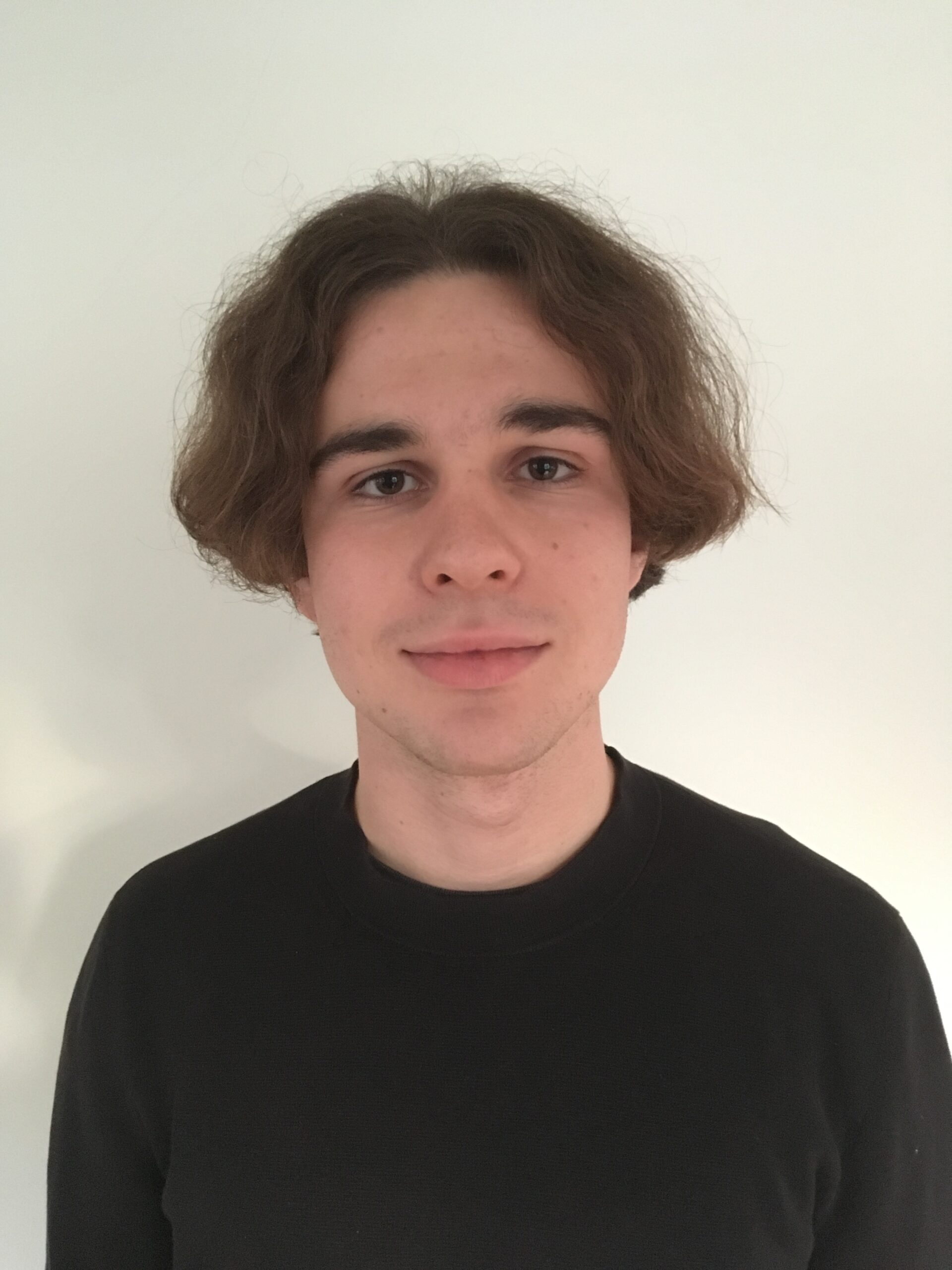Although filling bone voids itself is not a new solution, so far the available formulations did not satisfy the doctors. Moreover, they were quite tedious for the patients. The necessity for improvements in this area became the reason why professor Grażyna Ginalska together with professor Anna Belcarz invented the artificial bone, that is a bone-like biomaterial called FlexiOss®.
The main goal of the invention is to fill bone voids, which were created for instance due to mechanical damage or illness. One of the advantages of this solution over the previously used methods is that it can be highly malleable while wet and at the same time hard and solid while placed in the desired place, after “drying out”. It is made in a way which allows permanent integration with the bone which eliminates the necessity for further operations, which would be inevitable in case of using for example an implant. Therefore one can say that FlexiOss® is patient-friendly, as it limits the patient’s contact with the surgeon’s scalpel, which does not tend to be a pleasant one.
Artificial bone, just like the original one, is composed partly of calcium phosphate. It has also additional characteristics, which cannot be attributed to the “real” one. For instance, it can effectively absorb various liquids, therefore it may carry biological substances including antiseptic medications. That may be perceived as another perk for the patient, as it facilitates transporting such substances into one’s body and does not require further operations. All of the aforementioned factors reduce the risk of rejection of the substitute and increase the possibility of successful recovery of the bone.
While writing about FlexiOss®, there is another subject of the utmost importance that shall be mentioned, yet it is usually omitted while thinking about medical inventions. In order to create breakthrough solutions and introduce them to the wider audience, quite naturally one must conduct a thorough research and combine it with an adequate dose of ingenuity. However, quite rarely do we take into account that what is also required is… money and a fair dose of marketing, so that the invention could be actually produced and used in real life situations.
It is a common phenomenon that the scientist at some point of their research sell the rights to their inventions to the big companies, which considerably limits their further influence and profits from their own work. Luckily, this was not the case of FlexiOss®. Professor Grażyna Ginalska decided to establish a company called Medical Inventi, which is a combination of the knowledge and the funds. Cooperation with various businessmen allowed the scientists to successfully conclude the project and create FlexiOss®, which at this point is both Polish and European patent. The scale of the accomplishment may be measured by the fact that it received a prize from President of Poland.
When it comes to the future of the invention, it is utterly important to expand sales into new markets, such as the Asian and American one. After all, we are talking about a tool which considerably improves medical treatment, therefore quite naturally it shall be available to as many people as possible.
Bibliography:
- „Sztuczna kość z Lublina może uratować pacjenta przed kalectwem i amputacją”, Kapitał Polski, November 2019, access on 05.11.2022 https://medicalinventi.pl/wp-content/uploads/2020/11/Kapital_polski_2019_10_pazdziernik_sztuczna-kosc.pdf
- Aleksandra Dunajska, „Sztuczna kość z Lublina. Długa droga z uczelni na rynek”, Kurier Lubelski, November 2016, access on 05.11.2022 https://plus.kurierlubelski.pl/sztuczna-kosc-wynalazek-z-lublina-dluga-droga-z-uczelni-na-rynek/ar/c3-11514210
- Wojciech Szeląg, „Sztuczna kość z Lublina wkrótce w szpitalach na całym świecie”, Interia Biznes, access on 05.11.2022, https://biznes.interia.pl/raporty/raport-rozmowy-interii/aktualnosci/news-sztuczna-kosc-z-lublina-wkrotce-w-szpitalach-na-calym-swieci,nId,6290244
Filip Kuczyński-Piech



